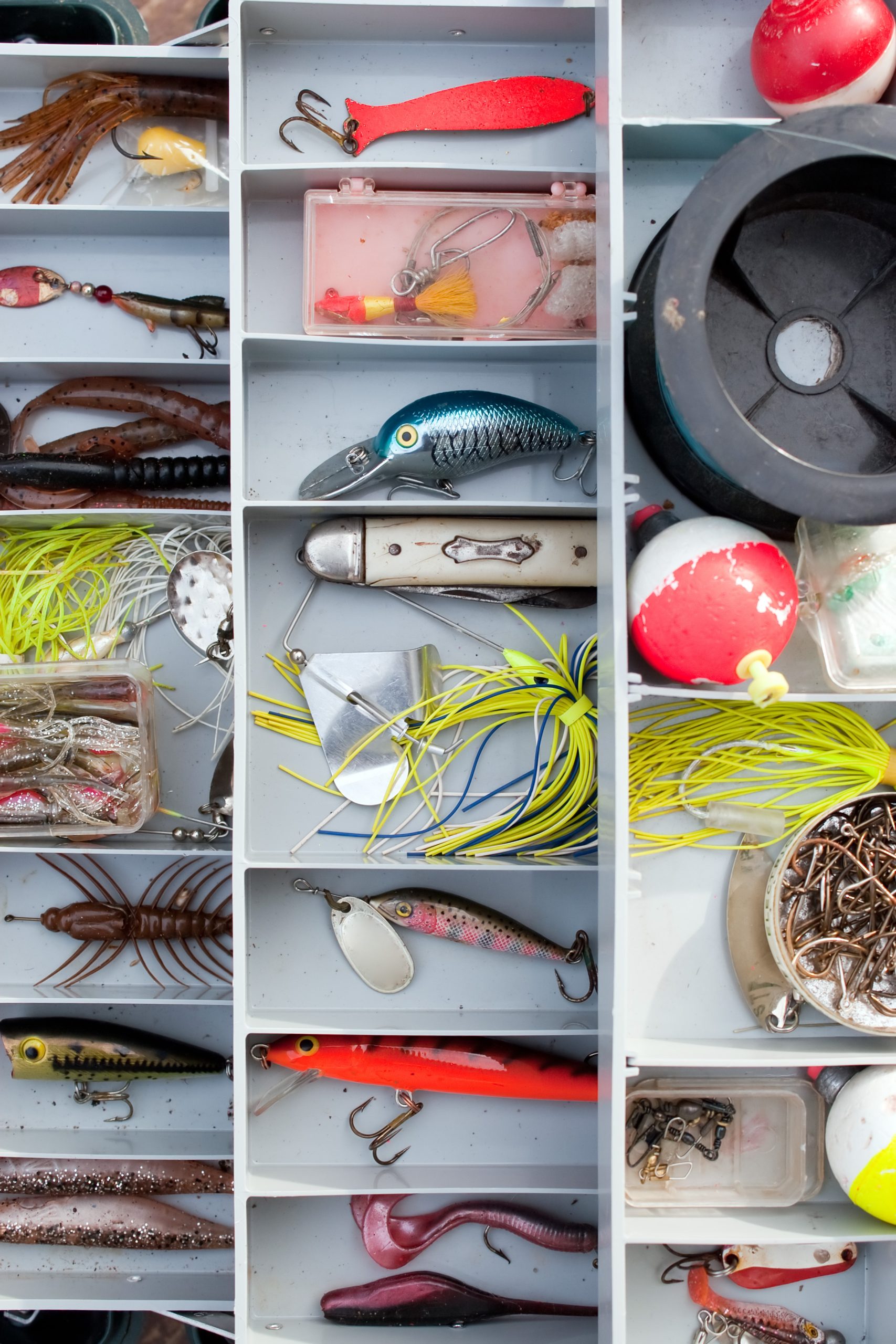Tips and Tricks for Catching Bass:
Fishing for bass can be a challenging task, but with these tips and tricks, you’ll increase your chances of catching the biggest bass in your local lake.
1. Know your bait: Different types of baits work best for different situations. For example, soft plastic worms are great for shallow water, while jigs work well in deeper waters. Experiment with different types of baits until you find what works best for you.
2. Use the right tackle: Make sure you have the right equipment for the job. A lightweight rod and reel combo is ideal for casting lures or live bait. If you’re fishing deep waters, use heavier gear that can handle larger fish.

3. Pay attention to details: Little things like water temperature, weather conditions, and time of day can all affect how bass behave. Keep an eye on these factors and adjust your strategy accordingly.
Best Baits to Use When Fishing For Bass:
There are many different types of baits that can be used when fishing for bass, each with its own unique advantages. Here are some of the most popular options:
1. Soft Plastic Worms: These versatile baits come in a variety of colors and sizes and can be fished weightless or weighted depending on the situation.
2. Jigs: Jigs are great for targeting suspicious bass as they mimic the movement of small animals. They can also be dressed with soft plastics or other trailers for added appeal.

3. Spinnerbaits: Spinnerbaits are designed to attract bass with their flashy blades and vibrant colors. They’re particularly effective in weedy areas where traditional lures might get snagged.
4. Topwater Lures: Topwater lures are designed to create a lot of noise and commotion on the surface, which can attract nearby bass. They’re especially effective early in the morning or late in the evening when bass are more active.
The Importance of Location in Bass Fishing:
Location is key when it comes to bass fishing. The type of structure available in a body of water can greatly influence where the bass will be found. Some common structures to look out for include rock piles, sunken trees, and submerged brushpiles. Try to focus your efforts around these areas, as they tend to hold more fish than open water. Additionally, pay attention to changes in depth and current flow, as bass often relate to these features.
How To Prepare Yourself And Equipment Before Going Out On A Fishing Trip:
Before heading out on a fishing trip, there are several important steps you should take to ensure a successful day on the water. First, make sure you have all necessary licenses and permits. Then, pack appropriate clothing and gear based on the weather forecast. Don’t forget to bring plenty of food and drinks, as fishing can be thirsty and hungry work. Finally, double check that your boat or kayak is properly equipped with life jackets, paddles, and any other safety gear required by law. By taking these simple steps, you’ll be better prepared to catch those big bass!





























































